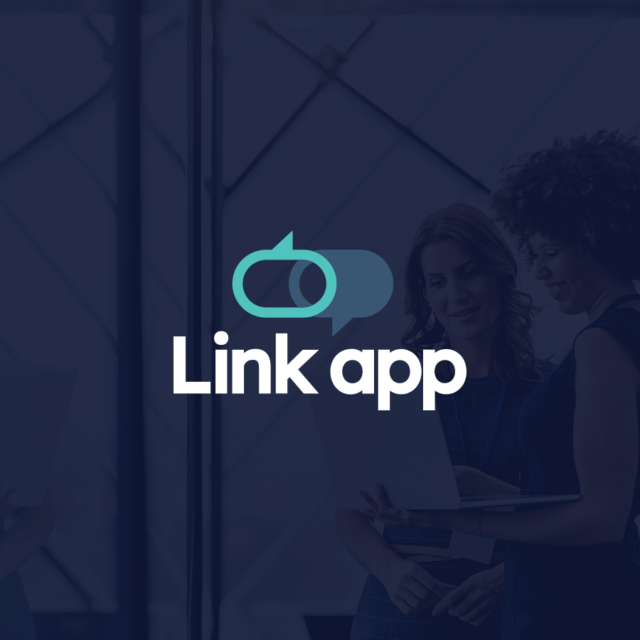Clients understand that quality really matters when it comes to legal advice. After all, law firms have used word-of-mouth marketing for hundreds of years.
However, now word-of-mouth has gone digital, and clients can search the market for legal advice in seconds. Positive reviews will only get you so far in keeping and attracting clients to your law firm. You will also need to rethink your pricing, as a matter of priority, in the years to come. Legal tech startups, machine learning, and automated tools are helping lawyers achieve better results in a shorter time frame. Your clients know this and expect the benefits of these enhanced delivery models to be reflected in their pricing conversations. If a law firm cannot adapt to these new ways of operating, clients will quickly start to look elsewhere. This post will explain how law firms can offer alternative pricing models through the adoption of enabling technologies, like The Link App:
Why Should Law Firms Alter Their Pricing Models?
Many lawyers are reluctant to change their service models because it can be hard to guarantee that the volume of work will remain fixed during any given case. In some instances, tangents can cause a lot of internal difficulties in terms of resources and hours allocated to casework and admin tasks.
Getting clients on-board with the changing nature of the legal profession has so far been relatively easy. However, thanks to regulation changes, procurement professionals and disruptive technologies, the commercial model for law firms nowadays can be a lot trickier to manage. Add to this clients increasingly feeling like they are entitled to be more involved in the pricing conversation – as they can always look elsewhere for legal advice.
Regardless of the fees you charge, to introduce alternative fee arrangements to your firm’s pricing structure, you will need to adopt these three main principles for success:
• Transparency in your operations, backed by data analytics
• Clarity in communicating your actions and pricing models to clients and outside teams
• A project-management approach to allocating time and resources to specific activities, to ensure maximum efficiency.
Protecting these three main principles will ensure that pricing conversations with clients runs smoothly.
Alternative Fee Arrangement Options
The list of pricing models law firms can offer is extensive. Here is a list of some of the main types:
• Fixed Fee’s
• Annual Rate
• Portfolio/flat rates
• Service level guarantees
• Retainers
• Volume price
• Building and unbuilding
• Premium for urgency
• DBA’s
• First Mover Pricing
• Conditional/contingent payments
• Fee range
• Fee cap/cap and collar
• Abort/success fees
• Inter-service pricing
• Peak load pricing
All of these fee structures have their advantages and disadvantages. However, fundamentally, all of these AFAs (alternative fee arrangements) can be more profitable than the traditional hourly billing model. Your clients know that even if the hourly rate is relatively low, any number of factors could cause their legal bills to skyrocket out of control. Therefore, if clients can gain price reassurance with a law firm that offers clear payment terms, most people would jump at the chance to fix their budgets.
How To Begin Implementing New Pricing Models
Defining the scope of your services and daily activities is the first step in switching up your pricing models.
You need to be aware of how long tasks take, how they can be automated to become more efficient, and how you can realistically reflect the time saved in your pricing structures. To do this, get IT teams analysing your firm’s historical data, tracking processes and outcomes within your existing pricing structures. Come up with a rough outline of how you can commoditise specific legal tasks and work out a fee.
Not everything will go to plan in every single workflow sequence. However, over time you will gather enough insight to start working on predicting and adjusting your AFA rates as you go. In the beginning stages, if you are following best practices in tracking your digital forensic data and sticking to a firm project management plan, you can more confidently approach clients should you need to restructure their fees.
Law Tech Tools That Bolster AFAs
The aim of using analytic technologies is to help you come up with fixed price structures, or a cap you can work from as a jumping-off point. As demand for automated tools continues to factor into the legal profession, it will become increasingly impossible for law firms to ignore the benefits of law tech applications like the following:
Contract Intelligence Tools
Managing risk can be an integral part of your pricing structure; contract intelligence tools can be used to measure risk using accurate data insight. They are designed to scan documents, contracts etc., and present the risks as a visual diagram your firm can work from to plan fees.
Collaborative Platforms
The Link App presents a secure, encrypted communication platform that will send client updates as a notification to the user’s smartphone, tablet or desktop computer.
Lawyers can set up communication workflows in the form of boilerplate messages. Use these to send to multiple users at the touch of a button. Clients can also use the secure Request a Callback feature, to get in touch with their lawyer instantly.
Communication tools dramatically reduce the time lawyers spend on phone and email messages. Take a look at this law firm who have significantly increased their productivity with The Link App’s instant communication features.
Price Comparison Sites
Price comparison platforms are an excellent tool for consumers. These sites allow people to search for the best fixed-fee legal services to suit their needs.
Without sharing much in the way of data, other than a budget and location, consumers can find the best price in an instant. There are even tools that can measure the likelihood of getting a positive outcome with individual firms.
These ratings are based on big data insights, so you will need to make sure that your firm can match or better your competitor’s scores and billing plans in the years to come.
AI Chat Bots
There are many chatbot services online that offer free legal advice to consumers. These have been utilised for many aspects of law including asylum applications, Will writing and more.
Chatbots are easy to program with scripts, which can help you qualify prospective leads with minimal effort. Consumers can also ask their questions and provide feedback that will help you improve your services over time.
Give Existing Clients More Choice
Once you have demonstrated that your firm is open to a dialogue on pricing, you could choose to give clients a few pricing options. Existing clients like AFAs because it gets them to think about their needs. It may even stop them from seeking advice from your direct competitors.
A survey by Atman Weil found that only 12% of law firms offered flexible pricing structures. As demand for alternatives will only increase in the years to come, you can be more competitive now by exploring enabling technologies that allow you to track progress, analyse risk, and communicate more effectively with your clients.
Switching your pricing models boils down to a change of mindset within your law firm.
Concentrate on the aspects of your business model that provide real value to your clients’ lives and automate mundane tasks wherever you can.
Finally, keep your clients in-the-loop as far as your pricing goes.
A tool like The Link App can help enable your firm to remain profitable whilst offering alternative fee structures. Request a demo of The Link App now.
Originally published 25 / Sep / 2018



 Read Insight
Read Insight
